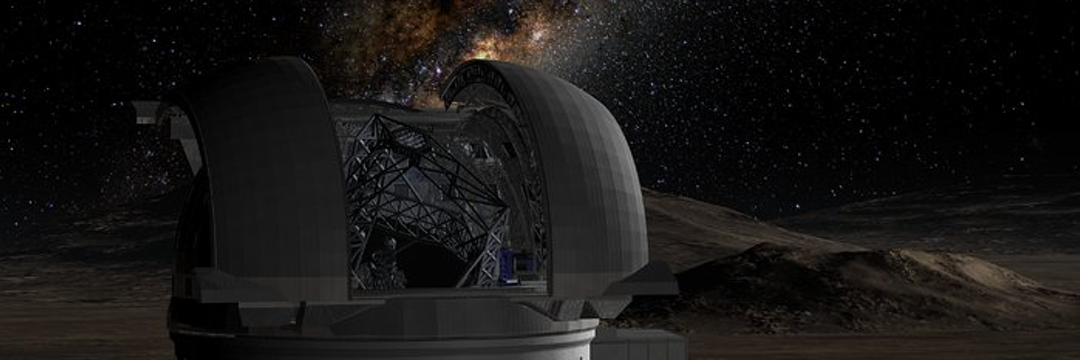
doi.org/10.1038/s41598-025-94099-7
Credibility: 989
#Fossil
A 47-million-year-old fossilized cicada, called *Eoplatypleura messelensis*, has been found in Europe, making it the oldest “true cicada” ever identified on the continent
The find, discovered at the Messel archaeological site in Germany, is also the oldest record of the subfamily *Cicadinae* in the world.
The fossil was discovered in an area recognized as a UNESCO World Heritage Site, near the city of Darmstadt.
It helps to better understand what the ancient fauna of this region was like and sheds light on how cicadas evolved and spread across Europe during the Cenozoic era, which began about 66 million years ago.
The discovery was published in the journal *Scientific Reports*.

A Rare and Impressive Fossil
The fossil is of an adult female cicada, very well preserved, with a body measuring about 26.5 millimeters and wings spanning 68.2 millimeters.
“True cicadas (*Cicadidae*) are one of the most diverse groups of insects today, but fossils from this group are rare compared to the number of species today,” explains Dr. Sonja Wedmann of the Senckenberg Research Institute and Natural History Museum in Frankfurt.
She points out that this cicada belongs to the group *Platypleurini*, known for its wide distribution and unique characteristics.
“This is the first time that we have described a fossil from this group,” she adds.
The *Eoplatypleura messelensis* is striking for its size and wide wings, which have colorful patterns similar to those of modern cicadas in the same group.
These patterns may have helped the cicadas blend in with the subtropical vegetation that existed in the Messel region 47 million years ago.
“The wing colors probably had an ecological function, such as blending into the environment,” explains Dr. Hui Jiang, lead author of the study.
The fossil also shows a compact head, small eyes and front wings with a curved edge.
Although the specimen is female, scientists believe that males in this group already emitted loud calls to attract mates, like modern cicadas.
A New Genus and More Knowledge
So far, at least 44 cicada fossils have been recorded from the Cenozoic era.
*Eoplatypleura messelensis* is one of the oldest known true cicadas in Eurasia and the first of its kind found in Messel.
“This discovery fills an important gap in the history of cicadas and increases our knowledge of the Messel fauna,” says Wedmann.
In the future, this fossil could serve as a reference for genetic studies on the evolution of cicadas and help us understand how the group *Platypleurini* emerged and spread throughout the world.
Wedmann concludes: “Every fossil found in Messel is of great value to science.
Insects are an essential part of biodiversity, and their fossils help us understand how complex ecosystems formed.
This cicada gives us a fascinating insight into what life was like 47 million years ago and reveals important information about the origin of the insect diversity we have today.”
Published in 07/03/2025 02h27
Text adapted by AI (Grok) and translated via Google API in the English version. Images from public image libraries or credits in the caption. Information about DOI, author and institution can be found in the body of the article.
Reference article:
Original study:
| Geoprocessing Drone Systems HPC |

| ERP and CRM Systems Mobile Systems AI |


